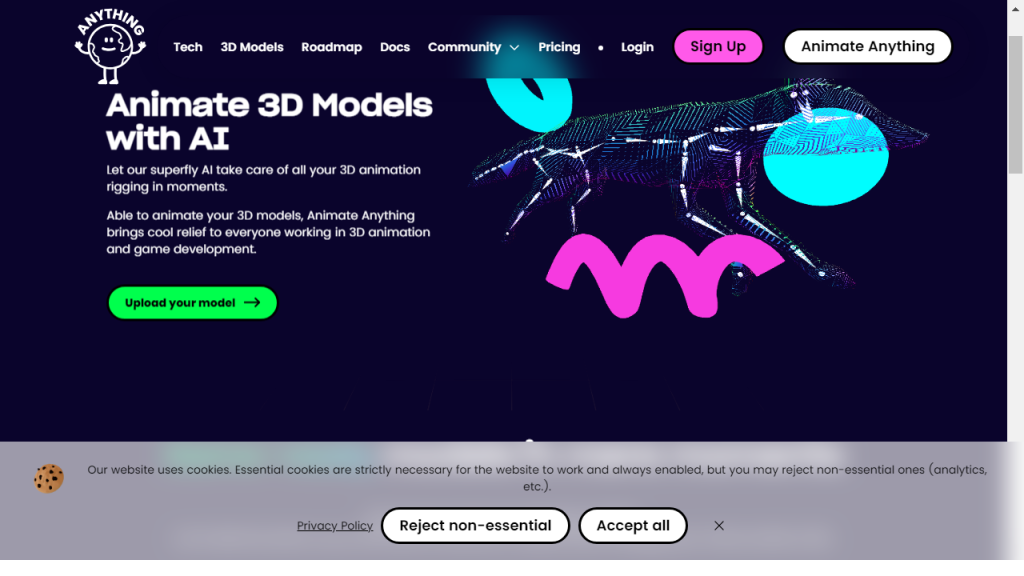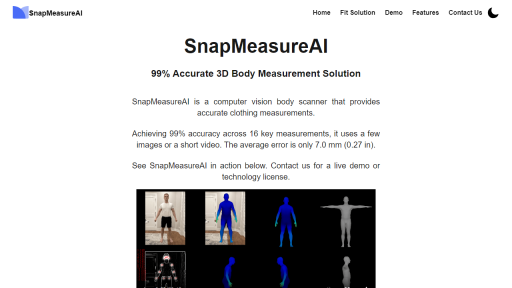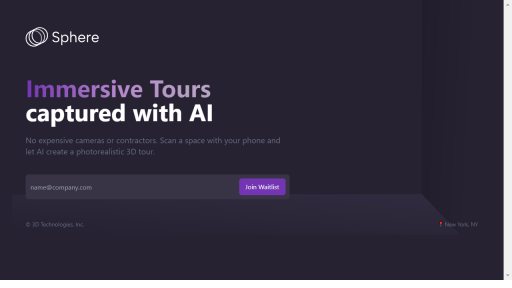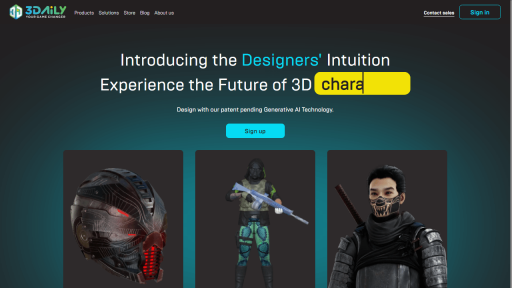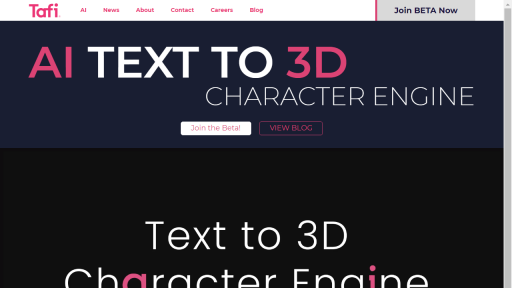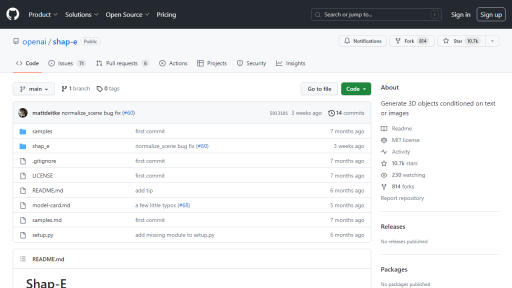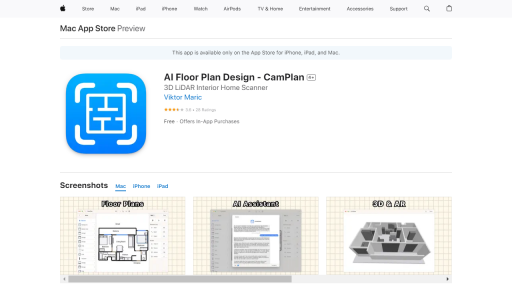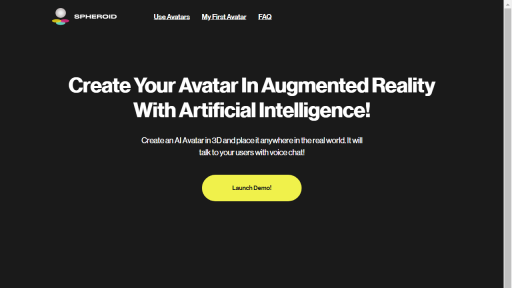What is Animation Rigging?
Animation Rigging is a sophisticated tool utilized in the animation and game development industries to create a skeletal structure for 3D models, allowing them to move and articulate in realistic ways. At its core, rigging involves the process of creating a ‘rig’—a digital skeleton that defines how a character’s body parts will move. By assigning joints, bones, and control handles to a character model, animators can manipulate the model’s movements efficiently. Rigging is pivotal for character animation, as it provides the necessary framework for producing fluid animations that mimic real-life motions. The rigging process is typically followed by skinning, where the mesh of the character model is bound to the rig, allowing the mesh to deform naturally in response to the rig’s movements. Animation rigging tools often come with advanced features such as inverse kinematics, which simplifies the animation process by allowing characters to reach for objects realistically, and constraints that ensure certain movements adhere to physical laws. This tool is critical for animators who aim to bring their characters to life, making it an indispensable part of the animation pipeline.
Features
- Advanced Joint and Bone Creation: Easily create and manipulate joints and bones for complex character rigs.
- Inverse Kinematics Support: Automate character limb movements for more natural animations.
- Custom Control Handles: Design intuitive control handles for animators to fine-tune character movements.
- Real-time Animation Preview: View animations in real-time to streamline the animation workflow.
- Constraints and Relationships: Set up constraints to manage relationships between different rig components effectively.
Advantages
- Increased Efficiency: Streamline the animation process, allowing animators to focus on creativity rather than technicalities.
- Improved Realism: Create lifelike movements that enhance the overall quality of animations.
- User-Friendly Interface: Many rigging tools offer intuitive interfaces that simplify the rigging process for both beginners and experts.
- Compatibility with Animation Software: Seamlessly integrate with popular animation software and game engines, enhancing cross-compatibility.
- Extensive Customization: Provides the flexibility to customize rigs for unique character designs and movement requirements.
TL;DR
Animation Rigging is a powerful tool that creates skeletal structures for 3D models, enabling realistic character movement and fluid animations in various digital media.
FAQs
What is the primary purpose of Animation Rigging?
The primary purpose of Animation Rigging is to create a skeletal framework for 3D models, allowing for realistic movements during animation.
Can Animation Rigging be used for non-human characters?
Yes, Animation Rigging can be used for a variety of characters, including animals, robots, and fantastical creatures, providing flexibility in animation.
Is Animation Rigging suitable for beginners?
Many Animation Rigging tools are designed with user-friendly interfaces, making them accessible for beginners while still offering advanced features for professionals.
What software commonly integrates Animation Rigging?
Animation Rigging is commonly integrated with software like Autodesk Maya, Blender, and Unity, among others, allowing for comprehensive animation workflows.
How does Inverse Kinematics enhance Animation Rigging?
Inverse Kinematics enhances Animation Rigging by automating limb movements, allowing characters to reach targets naturally and reducing the manual effort required in animation.
